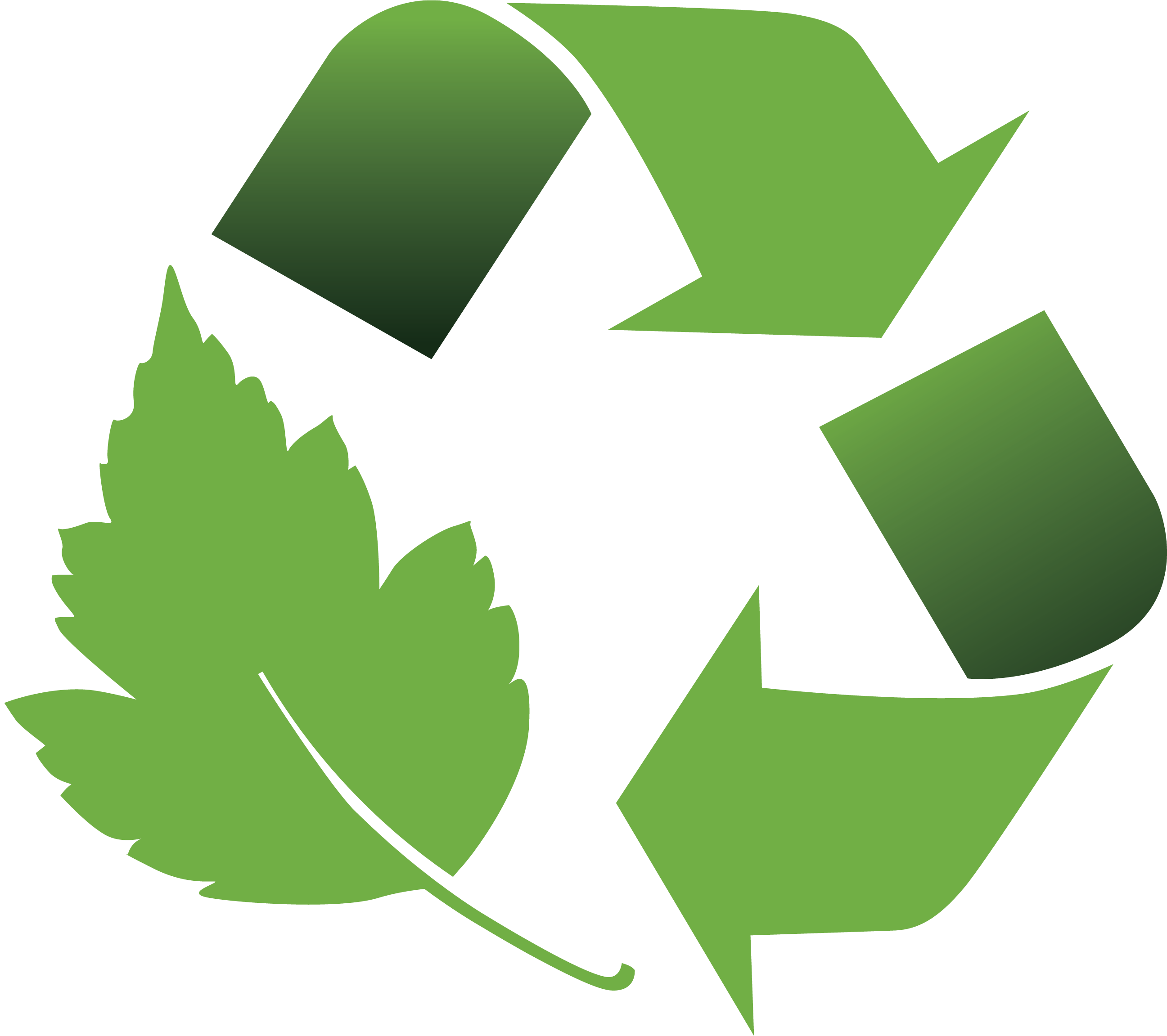Sulfur Soap Test: What it Does and Does Not Tell Us About Tarnish
There is a great deal of testing that has been conducted to examine the various causes of tarnish and corrosion. Let us look at one of these procedures in particular, the sulfur soap test. It is designed to accelerate the tarnishing process within a very highly concentrated sulfur environment and the effectiveness of certain technologies against these extreme sulfur levels. The natural assumption would be that if these tarnish prevention products work at such high levels of sulfur, then they must work for lower levels as well, right? Wrong!
So, what does the sulfur soap test tell us? Well, in regard to extremely high sulfur atmospheres, this test can be considered accurate. However, from very low levels to more elevated levels of sulfur there is a lack of vapor pressure to drive the sulfur-absorbing reaction exhibited by the test. Why is this important? Realistic sulfur-conditions that we encounter are very low. For example, NYC normally contains approximately .02 ppm (parts per million) to 2 ppm of reduced sulfur. In fact, most people would perish at sulfur levels at or above 5 ppm. That should give you an idea of what "normal" levels are versus the 10 ppm of sulfur depicted by the test.
The problem is that charcoal, carbon, graphite and other forms of absorbing materials using carbon based technologies as well as micro-chamber technologies rely on vapor pressure. Think of the carbon or micro-chambers as being chambers, open and capable of being filled. Unlike a sponge, which absorbs moisture in, carbon and micro-chambers actually require some force to make gases go into them; they will not go into the structure by themselves unless forced. What forces the gases into the "chambers" is what we call vapor pressure. The higher the vapor pressure (such as increased temperature or mainly increased concentration) the more easily the vapors go into the chambers.
So without this driving force of vapor pressure, which becomes ineffective at 5 ppm of sulfur, these carbon-based technologies fail to perform efficiently. In the sulfur soap test, there is a high amount of vapor pressure to trigger the absorption of these gases into the "chambers". As sulfur levels drop, so does the vapor pressure pushing the reaction therefore reducing the rate of absorption. As we know, absorbing corrosive gases is only half the battle in preventing tarnish on silver. Once they are absorbed they need to be neutralized so in order to ensure that they will not be released back out onto your jewelry or silver if the temperature or humidity changes.
So, in summary, the sulfur soap test is simply not an accurate test of corrosion and tarnish prevention for real-life conditions. The average corrosive atmosphere that jewelry is exposed to is in nowhere near the sulfur environment reflected in this test. What this means is that some anti-tarnish technologies that are reliant on absorption and subject to changes in temperature or humidity, such as carbon or charcoal paper, perform well at these high levels but fall short when it comes to realistic conditions. Keep this in mind when shopping for your tarnish prevention products. Choose an anti-tarnish product that will always react with and neutralize tarnish causing gases regardless of the level of sulfur concentration. Always look for products that do not coat or leave detectable deposits on the items you want to protect from tarnish.




